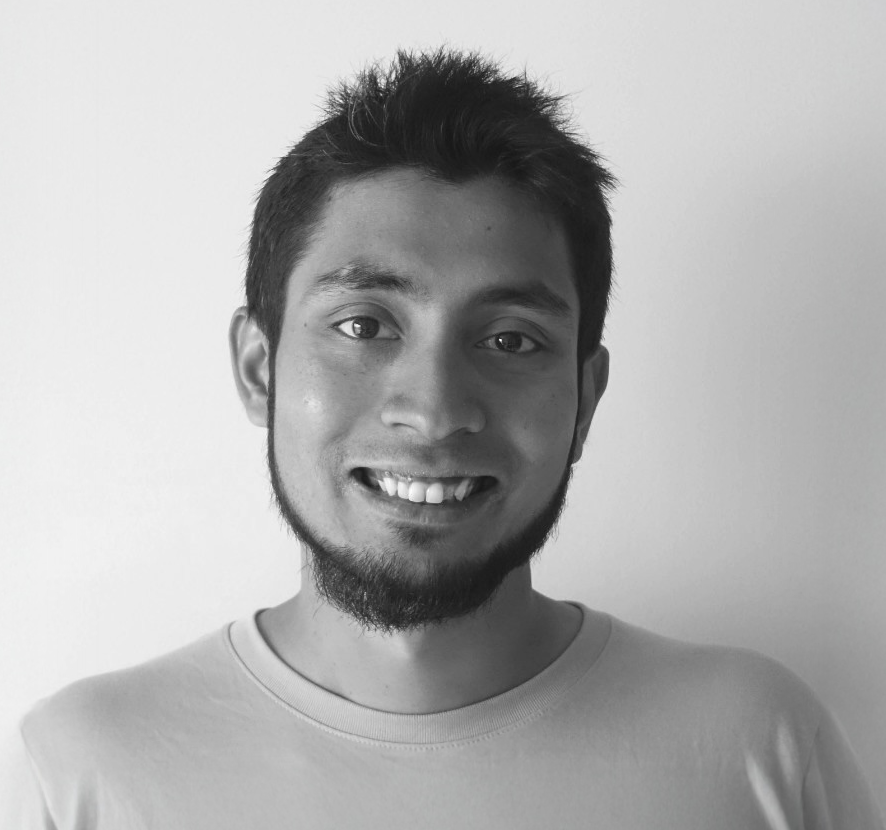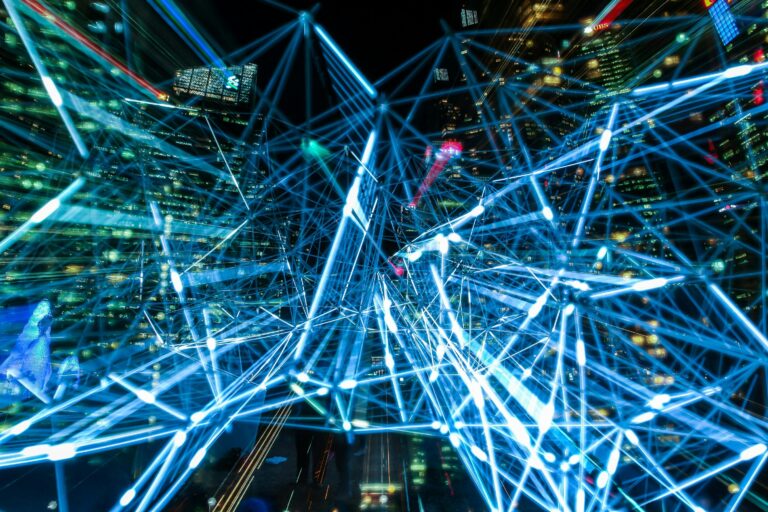
Imagine a world where every employee had an AI teammate – not just a tool to automate tasks, but a true collaborator. An intelligent agent that could surface information instantly, move work forward and free us from the tedious scavenger hunt for information, a task that still consumes 8 hours a week for UK workers.
We’re in a new era of teamwork: humans working alongside AI agents. But to unlock AI’s full potential, organisations must go beyond simply using AI tools. They need to learn how to collaborate with them. While 93% of UK CEOs having already adopted AI across their business, the transformative potential remains largely untapped.
Generally, there are three main problems that teams need help with – alignment on goals, sourcing the right information and accessing deep insights across different pools of information.
When teams begin treating AI agents as always-available colleagues – partners to spar ideas with, get feedback in real time and expand on information – they unlock a new way of working that tackles these problems directly. In fact, strategic AI collaborators see two times the return on investment (ROI) of simple AI users.
Some people think of AI as a way to do the work they don’t want to do. The most strategic collaborators think of it as a way to do the work they have always wanted to do.
Closing the current AI gap
Today’s best AI tools do not work alone; they amplify what humans already do and make teamwork sharper, faster and more focused.
But there is a catch – while the tools are available, most teams are not in a position to fully embrace AI. As it stands, only 15% of employees say their organisation have communicated a clear plan or strategy for integrating AI into how they get work done. Meanwhile, 71% of teams admit that they are not maximising their current use of AI to help them manage and discover information. This reveals a gap between what AI could do for some teams and what it is currently limited to.
Two distinct camps of AI users have emerged: those who see AI as a tool versus those who treat them like a team of expert advisors. The latter group don’t just use AI to automate repetitive tasks, they experiment with it to bring their ideas to life and create higher quality work.
To bridge this gap, organisations must lay strong technical and cultural foundations to make workflows AI ready. This includes prioritising written, searchable documents and encouraging teams to see AI agents as intelligent collaborators that can enhance thinking, decision-making and execution.
Using AI as your teammate to align work to goals
In distributed workflows, teams often feel fragmented and disjointed – only 7% of executives feel confident they know exactly how the work each team in their company is doing supports their wider company goals.
AI agents can serve as a powerful link between teams – but it starts with standardising goal setting across the organisation. Once that foundation is in place, AI can help teams understand how their work aligns with broader objectives, surface overlapping objectives and reveal opportunities for cross-functional collaboration.
The future belongs to teams where work is connected, knowledge is shareable, and every person is empowered by AI partners at their side.
These agents are like that one colleague who always knows what is going on, reminding you why your work matters and how it fits into the bigger picture. The result is more seamless teamwork and significantly better outcomes. In fact, when employees are aligned to clear goals, they are 6.4 times more likely to produce high quality work.
This isn’t just about efficiency, it is about connection. In a world where teams are distributed, AI agents can recreate a shared awareness. They offer employees a live view of what others are working on, how it connects to shared goals and where their contributions fit in. That kind of visibility boosts morale, reduces duplication and helps teams collaborate meaningfully, even when they are physically miles apart.
Sharing knowledge across an organisation
Right now, knowledge workers waste 2.4 billion hours a year searching for information lost in e-mails, documents and meeting discussions, like a game of digital hide and seek.
This is where AI can be transformational, connecting the dots across systems and surfacing insights that fuel faster, smarter decision-making. When teams make knowledge shareable and structured, AI becomes a tool not just for answering questions, but for unlocking a company’s collective intelligence. The result? Unleashing collective knowledge can make teams 5.4 times more likely to produce high quality work.
Turning information into powerful insights
AI agents are capable of more than just surface-level tasks. They can answer complex questions based on company data, generate ideas, give feedback and even resolve issues mid-flow. An AI agent can interact with data from different sources and give personalised answers, unlike traditional chatbot functions.
AI agent capabilities don’t stop at retrieving information, they expand it. They can offer deeper context, suggest next steps and draw connections across data points. With the right data infrastructure, they can transform teamwork from reactive to proactive and from fragmented to integrated. Essentially, they are the co-workers that are always available to help break down complex tasks and synthesise massive volumes of data.
Simple AI users might stop at AI compiling data. Strategic AI collaborators go further, using AI to build hypotheses, ask questions, analyse findings and pull insights. Teams that tap into AI’s deep knowledge base can produce higher quality and more impactful work, driving strategic outcomes that solve a larger business problem.
Building agents with purpose
AI agents are not one-size-fits-all. While a single all-knowing agent might sound appealing, in practice it can become overloaded with context, making it harder to deliver relevant, focused support. The future lies in specialised agents; each designed with a focused purpose.
And thanks to today’s low-code and no-code environments, these agents can be built and deployed by non-technical users, empowering teams to build AI solutions that work for them without needing developer expertise. For instance, a customer support agent can be developed to automatically triage incoming support tickets and assign them to the appropriate team member with a suggested solution based on past cases. Teams can collaborate with a suite of AI teammates, from project managers to support assistants to data analysts, each deeply embedded in its context, to enhance precision and streamline work.
To achieve this, teams must rethink processes from the ground up. This means not just automating what already exists but reimagining workflows around what AI can do, building agents to specific needs and limiting an agent’s scope to clearly defined functions.
The future is human-AI collaboration
Ultimately, just like every major technology shift, AI will demand a new way of working. But done right, agentic AI will reinvigorate teams to produce better work.
The future belongs to teams where work is connected, knowledge is shareable, and every person is empowered by AI partners at their side.
AI is coming to work with us and revolutionise how we work together for the better.

Shihab Hamid
Shihab Hamid is Head of Product, Rovo Agents at Atlassian. Shihab’s work is driven by a passion for leveraging AI as a specialised partner to optimise capabilities and improve work quality, ensuring that teams can achieve their mission-critical goals with greater ease and effectiveness.


